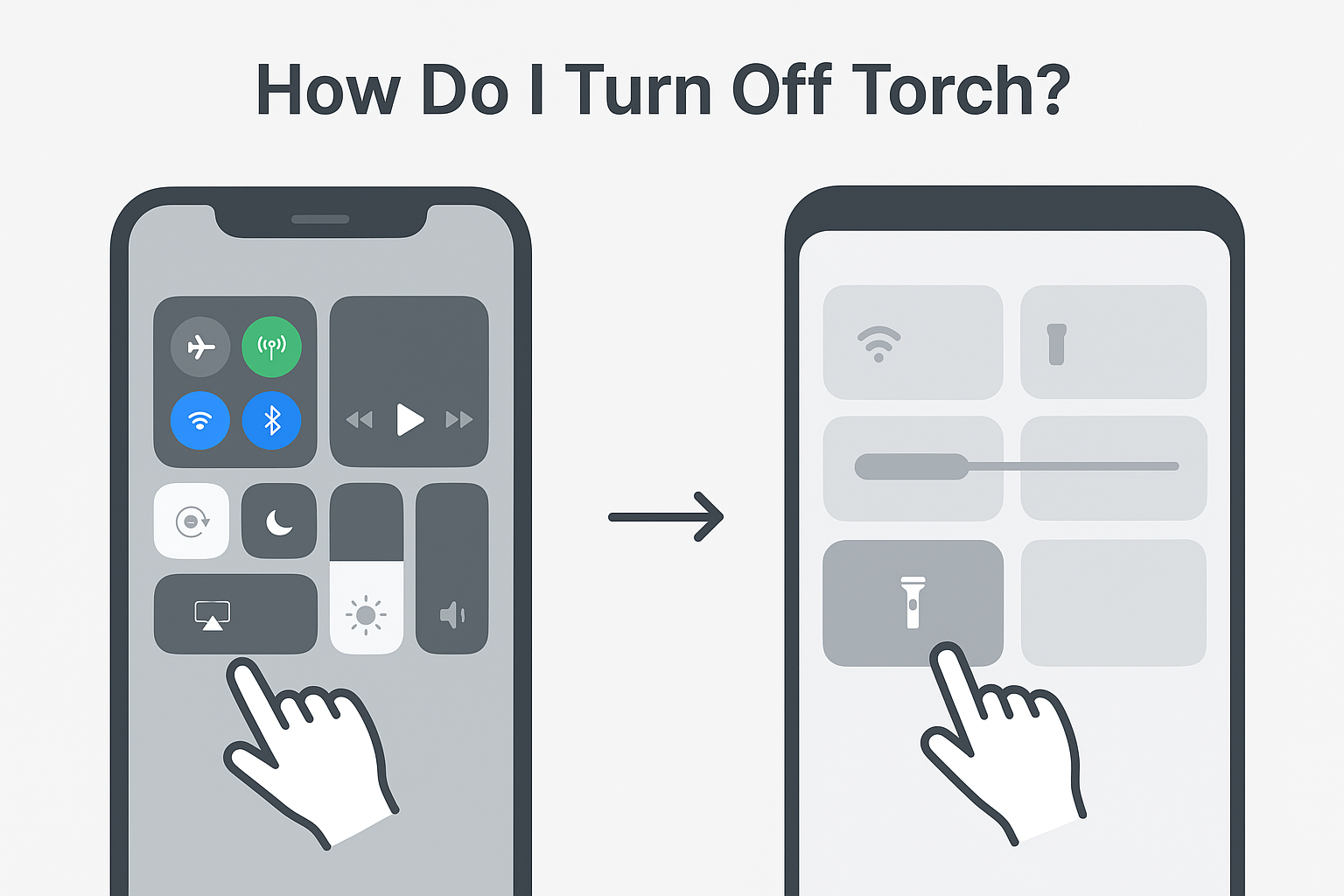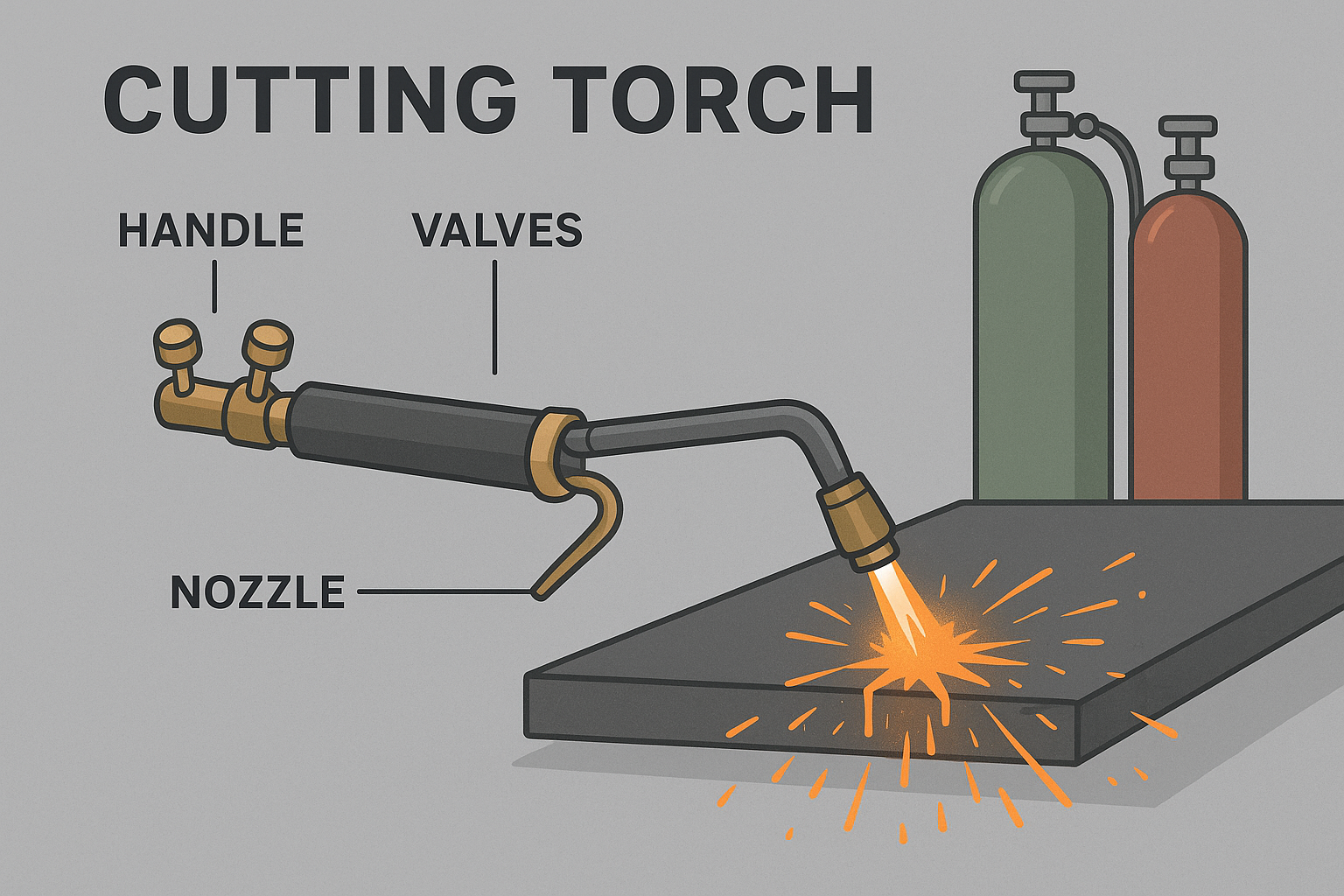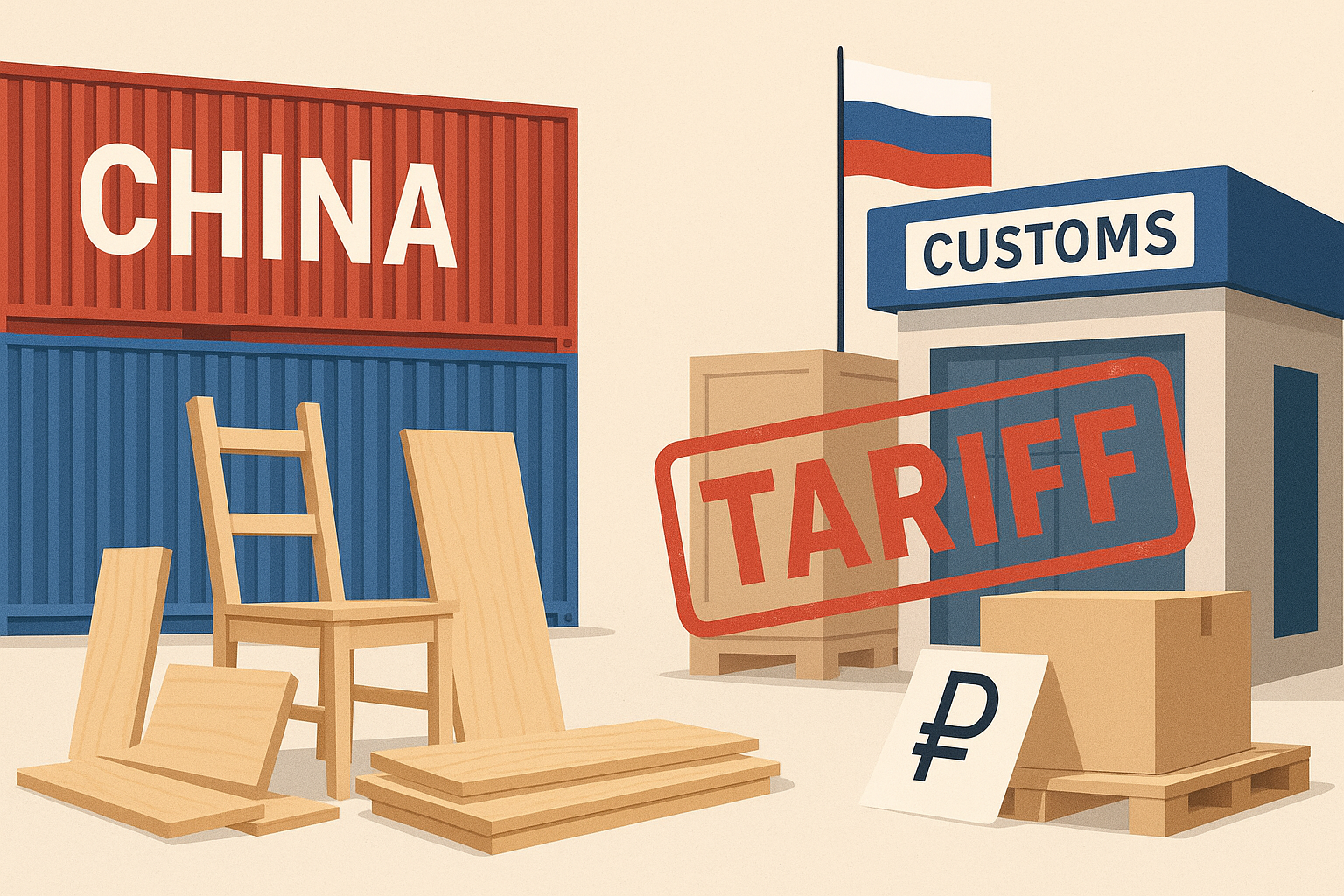In recent years, international trade policies have shifted dramatically, with ripple effects felt across industries. One area attracting attention is the Russian tariffs on Chinese furniture parts, which are reshaping supply chains, increasing costs, and altering the dynamics of the furniture market in Russia.
For importers, manufacturers, and even everyday consumers, understanding these tariffs is essential. This article explores what they are, why they exist, and how they affect both trade and pricing in the furniture sector.
What Are the Russian Tariffs on Chinese Furniture Parts?
Russian tariffs on Chinese furniture parts refer to additional import duties imposed by Russia on certain furniture components sourced from China. These parts include:
- Wooden frames and panels
- Metal fittings and fasteners
- Foam and upholstery materials
- Assembly hardware and accessories
The tariffs are designed to make imported Chinese furniture components more expensive, thereby influencing buying patterns and encouraging reliance on local or alternative sources.
Why Did Russia Impose Tariffs on Chinese Furniture Parts?
There are several reasons behind the decision to introduce these tariffs:
- Economic Protectionism — By increasing the cost of imported Chinese parts, Russia aims to protect its domestic furniture manufacturers from cheaper competition.
- Balancing Trade — Russia’s trade deficit with China in certain industries prompted measures to rebalance imports and exports.
- Geopolitical Strategy — Trade policies often reflect broader diplomatic and economic negotiations, with tariffs used as leverage.
- Encouraging Local Production — Tariffs incentivize investment in Russia’s own wood, metal, and upholstery industries.
How Do These Tariffs Affect Importers and Manufacturers?
For importers and manufacturers, the tariffs have created both challenges and opportunities:
- Higher Import Costs: Chinese parts, once the most affordable option, now carry higher duties, squeezing profit margins.
- Supply Chain Adjustments: Businesses dependent on Chinese suppliers are being forced to explore new sourcing channels.
- Local Production Push: Russian manufacturers are under pressure to scale up operations and fill the gap created by higher-priced imports.
- Consumer Prices: Inevitably, these added costs trickle down to consumers in the form of higher furniture prices.
Interestingly, these tariff shifts mirror global supply chain tensions, similar to those seen in technology and infrastructure sectors. For example, China’s growing influence in satellite technology has already raised global attention: China’s Satellite Swarms: Why the World Is Paying Attention.
What Alternatives Exist for Chinese Furniture Parts in Russia?
Importers and manufacturers are now exploring alternatives to Chinese components. Some key options include:
- Local Russian Production — Increased domestic investment in wood, metal, and textile industries.
- Imports from Neighboring Countries — Belarus and Turkey have emerged as secondary suppliers.
- European Sources — Though often more expensive, European furniture components are valued for quality.
However, switching suppliers is not without difficulties. Quality variations, limited availability, and logistical challenges make the transition complex.
What Do Russian Tariffs on Chinese Furniture Parts Mean for Consumers?
For consumers, the impact is already visible in:
- Rising Furniture Prices: Finished furniture products cost more as manufacturers offset higher input costs.
- Reduced Variety: Some imported designs and styles are harder to find in the Russian market.
- DIY and Custom Furniture Growth: More consumers are turning toward local carpenters or custom solutions as imported parts become costlier.
These consumer-level shifts highlight how trade policies can affect everyday lives, far beyond factories and trade agreements.
Future Outlook — Will the Tariffs Stay?
The future of Russian tariffs on Chinese furniture parts depends on several factors:
- Trade Negotiations: Ongoing talks between Russia and China could lead to adjustments or exemptions.
- Domestic Industry Growth: If Russian manufacturers successfully expand, tariffs may remain to reinforce local dominance.
- Global Economic Climate: Broader trade pressures, including sanctions and alliances, could reshape tariff policies.
For now, businesses and consumers alike should prepare for a long-term adjustment period. To see how China’s broader role in global industries might affect future trade, you can read about its growing influence in data and tech: Guizhou Meigan Technology and the Rise of China’s Big Data Valley.
Conclusion
The Russian tariffs on Chinese furniture parts highlight how trade policy directly affects industries and consumers. From higher prices to limited supply and shifting consumer habits, the furniture market is undergoing rapid transformation.
Whether these tariffs remain in place long-term or ease in response to negotiations, one thing is clear: businesses that adapt quickly — by diversifying suppliers, investing in local production, and anticipating consumer needs — will be best positioned to thrive in this evolving landscape.












